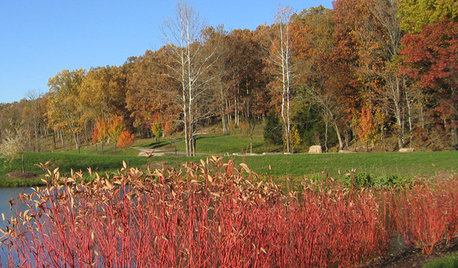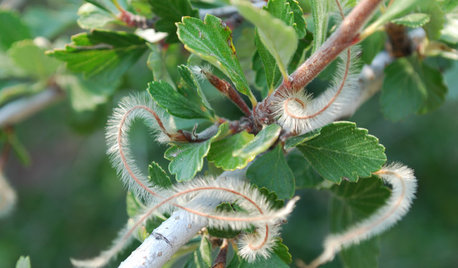Suggestions for Fast Growing Tall Evergreen Hedge/Screen
hvaldez
13 years ago
Featured Answer
Sort by:Oldest
Comments (16)
Dan _Staley (5b Sunset 2B AHS 7)
13 years agogardengal48 (PNW Z8/9)
13 years agoRelated Professionals
Kapaa Landscape Architects & Landscape Designers · Allentown Landscape Contractors · Clearlake Landscape Contractors · Dinuba Landscape Contractors · Franklin Landscape Contractors · Southbury Landscape Contractors · Watertown Landscape Contractors · Crowley Landscape Contractors · Alexandria Fence Contractors · Baltimore Fence Contractors · Brooklyn Fence Contractors · South San Francisco Fence Contractors · Walnut Fence Contractors · Teaneck Fence Contractors · Washington Fence Contractorsjavan
13 years agodawnbc
13 years agohvaldez
13 years agogardengal48 (PNW Z8/9)
13 years agoDan _Staley (5b Sunset 2B AHS 7)
13 years agohvaldez
13 years agoDan _Staley (5b Sunset 2B AHS 7)
13 years agohvaldez
13 years agoEmbothrium
13 years agobotann
13 years agoEmbothrium
13 years agoyoshiNewton
9 years agogardengal48 (PNW Z8/9)
9 years ago
Related Stories

GARDENING GUIDES9 Low-Growing Hedges That Make Good Neighbors
Define garden areas or borders without blocking the view, with these evergreen shrubs that take kindly to trimming
Full Story
GARDENING AND LANDSCAPINGGrow a Lush Privacy Screen
No need to wait forever for patio privacy the green way. These 10 ideas will get your screening up and running in no time
Full Story
GARDENING GUIDESGrow Your Own Privacy: How to Screen With Plants and Trees
Use living walls to lower your home and garden's exposure while boosting natural beauty in your landscape
Full Story
LANDSCAPE DESIGNWarm Up Your Home With an Evergreen Windbreak
Plant tall trees for more warmth in winter, serenity in summer and good looks all year long
Full Story
GARDENING GUIDESThese Hedges Can Add Interest to Your Winter Garden
Evergreen trees and shrubs provide structure and color in the winter months — and can attract wildlife too
Full Story
GARDENING GUIDESGreat Design Plant: Curl-Leaf Mountain Mahogany, an Easy Evergreen
Use it as an accent plant or mass it as a screen; this pine and spruce alternative is a hard worker in dry, cold climates
Full Story
EDIBLE GARDENSSummer Crop: How to Grow Blueberries
Plant blueberries in spring or fall for garden beauty through three seasons — and a sweet superfood in summer
Full Story
EDIBLE GARDENSSummer Crops: How to Grow Tomatoes
Plant tomato seedlings in spring for one of the best tastes of summer, fresh from your backyard
Full Story
GARDENING GUIDESWhat Kind of Roses Should You Grow?
Want to add the beauty of roses to your garden? Find out which ones, from old-fashioned to modern, are right for you
Full Story
GARDENING GUIDES8 Plants That Snobs Love to Hate — and You'll Love to Grow
Don't dismiss these common annuals, perennials and shrubs — there are reasons they've been popular for so long
Full Story






bluewillow09